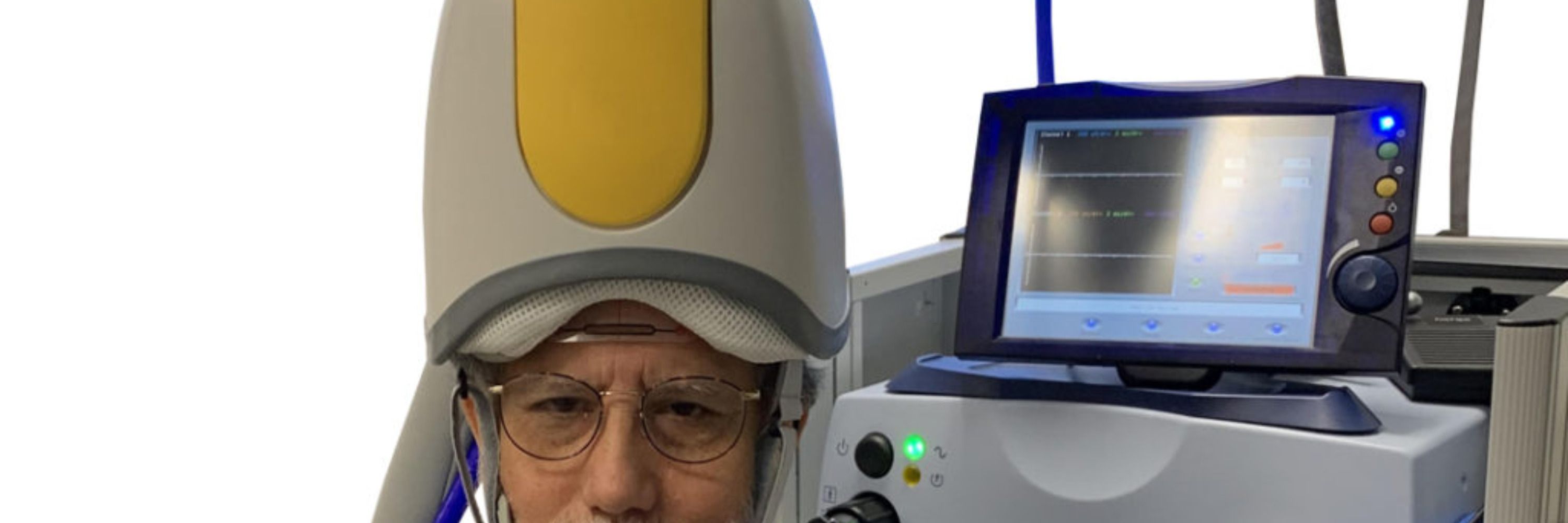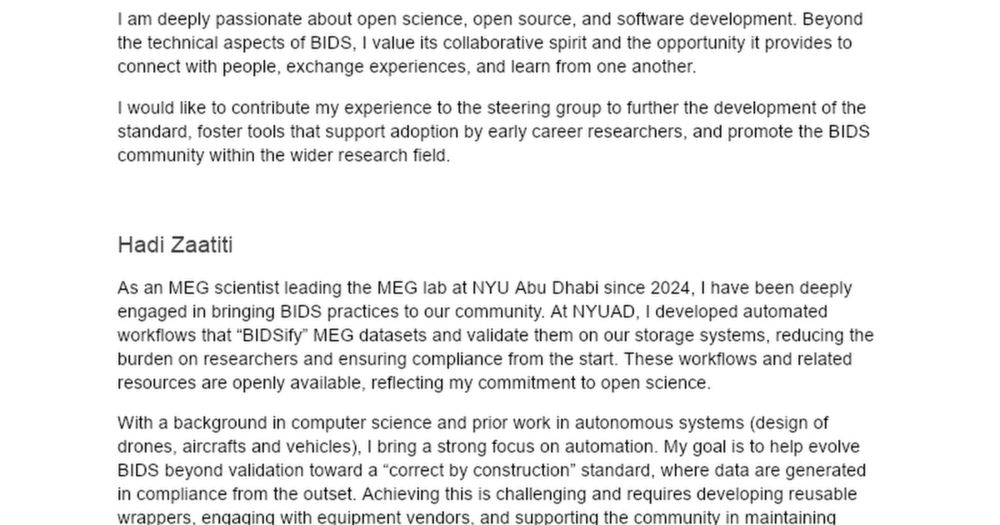
Charged up by @thehandlab.bsky.social
Join us on GitHub:
https://github.com/TMSMultiLab/TMSMultiLab/wiki

The quantitative results have been processed and summarised, and are now available in full on our GitHub page:
github.com/TMSMultiLab/...
A quick breakdown follows in this thread:
#PieChartHeaven
👀🧠🧲⚡️
"The eyes are the window to t̶h̶e̶ ̶s̶o̶u̶l̶ brain excitability"
Friday 28th, 14:00 GMT
👀🧠🧲⚡️
Get the meeting link from our GitHub pages or Slack channel - get in touch if you can't find it!
github.com/TMSMultiLab/...

👀🧠🧲⚡️


northeastern.wd1.myworkdayjobs.com/careers/job/...
northeastern.wd1.myworkdayjobs.com/careers/job/...
"The eyes are the window to t̶h̶e̶ ̶s̶o̶u̶l̶ brain excitability"
Friday 28th, 14:00 GMT
👀🧠🧲⚡️
Get the meeting link from our GitHub pages or Slack channel - get in touch if you can't find it!
github.com/TMSMultiLab/...

"The eyes are the window to t̶h̶e̶ ̶s̶o̶u̶l̶ brain excitability"
Friday 28th, 14:00 GMT
👀🧠🧲⚡️
Get the meeting link from our GitHub pages or Slack channel - get in touch if you can't find it!
github.com/TMSMultiLab/...
Take part in an international study exploring experiences of adults with DCD/Dyspraxia 🌍🧠
Click here: redcap.thekids.org.au/redcap/surveys/?s=JH7PFR7NMCNRWDFT
We need your help! Make a difference today!☀️

Take part in an international study exploring experiences of adults with DCD/Dyspraxia 🌍🧠
Click here: redcap.thekids.org.au/redcap/surveys/?s=JH7PFR7NMCNRWDFT
We need your help! Make a difference today!☀️
a 🧵 1/n
Drain: arxiv.org/abs/2511.04820
Strain: direct.mit.edu/qss/article/...
Oligopoly: direct.mit.edu/qss/article/...




a 🧵 1/n
Drain: arxiv.org/abs/2511.04820
Strain: direct.mit.edu/qss/article/...
Oligopoly: direct.mit.edu/qss/article/...
doi.org/10.1162/IMAG...
doi.org/10.1162/IMAG...
The position is funded as part of the Excellence Cluster "The Adaptive Mind" at @jlugiessen.bsky.social.
Please apply here until Nov 25:
www.uni-giessen.de/de/ueber-uns...

The position is funded as part of the Excellence Cluster "The Adaptive Mind" at @jlugiessen.bsky.social.
Please apply here until Nov 25:
www.uni-giessen.de/de/ueber-uns...
The quantitative results have been processed and summarised, and are now available in full on our GitHub page:
github.com/TMSMultiLab/...
A quick breakdown follows in this thread:
#PieChartHeaven

The quantitative results have been processed and summarised, and are now available in full on our GitHub page:
github.com/TMSMultiLab/...
A quick breakdown follows in this thread:
#PieChartHeaven
Three-year post-doc position funded by Parkinson's UK available Cardiff University - using TMS to study inhibition of planned stepping movements and better understand freezing of gait. Full details here - krb-sjobs.brassring.com/TGnewUI/Sear...
Please share!!
Dr Daniel T Corp will talk about:
Big NIBS data: a repository and pipeline for big data analyses in NIBS
bignibsdata.com
Friday 31st 🎃ctober at 14:00 GMT
Meeting link via Slack & GitHub (link in profile) - join us!
#TMS #BrainStim #NIBS
Dr Daniel T Corp will talk about:
Big NIBS data: a repository and pipeline for big data analyses in NIBS
bignibsdata.com
Friday 31st 🎃ctober at 14:00 GMT
Meeting link via Slack & GitHub (link in profile) - join us!
#TMS #BrainStim #NIBS
Dr Daniel T Corp will talk about:
Big NIBS data: a repository and pipeline for big data analyses in NIBS
bignibsdata.com
Friday 31st 🎃ctober at 14:00 GMT
Meeting link via Slack & GitHub (link in profile) - join us!
#TMS #BrainStim #NIBS
We'll keep the survey open until 31st October, so if you can please spare 5 minutes:
Complete the #TMS User Survey!
forms.gle/95EW1PVC3JQV...
🙏 🧠 🧲 ⚡ 🙏
We'll keep the survey open until 31st October, so if you can please spare 5 minutes:
Complete the #TMS User Survey!
forms.gle/95EW1PVC3JQV...
🙏 🧠 🧲 ⚡ 🙏
Join the EEG Research Pipeline Bootcamp (16–17 Dec 2025, Nottingham, UK). Learn task design (PsychoPy), EEG setup with ANT Neuro, and #ERP analysis.
🎓 For early-career researchers & PhD students.
🔗 eventbrite.com/e/the-eeg-re...
Join the EEG Research Pipeline Bootcamp (16–17 Dec 2025, Nottingham, UK). Learn task design (PsychoPy), EEG setup with ANT Neuro, and #ERP analysis.
🎓 For early-career researchers & PhD students.
🔗 eventbrite.com/e/the-eeg-re...

bmcpsychiatry.biomedcentral.com/articles/10....
🗯️ Here, we aimed to map different oculomotor paradigms metrics to key attention systems across psychiatric conditions, including ADHD, ASD, TS, OCD, BPD, DCD, and SSD.

We're electing two new members to help guide the future of BIDS. 📊✨
If you're a contributor, check your inbox for your ballot (let us know if you have not received it). Voting closes October 31st!
👉 Review candidates:

Useful for folks interested in creating behavioural tasks for #EEG as well as a bootcamp on ERP analysis! 🧠
Any questions please get in touch.
@psychopy.org
Join the EEG Research Pipeline Bootcamp (16–17 Dec 2025, Nottingham, UK). Learn task design (PsychoPy), EEG setup with ANT Neuro, and #ERP analysis.
🎓 For early-career researchers & PhD students.
🔗 eventbrite.com/e/the-eeg-re...
Useful for folks interested in creating behavioural tasks for #EEG as well as a bootcamp on ERP analysis! 🧠
Any questions please get in touch.
@psychopy.org
www.phivph.com/projects/res...

www.phivph.com/projects/res...
Please complete our 5 minute, anonymous survey here:
forms.gle/wjscjzeABAdF...
🙏🙏🙏🙏🙏 #BrainStim #Survey
Please complete our 5 minute, anonymous survey here:
forms.gle/wjscjzeABAdF...
🙏🙏🙏🙏🙏 #BrainStim #Survey
www.youtube.com/watch?v=ZnwH...
#brain #brainstimulation #neuromodulation

www.youtube.com/watch?v=ZnwH...
#brain #brainstimulation #neuromodulation

